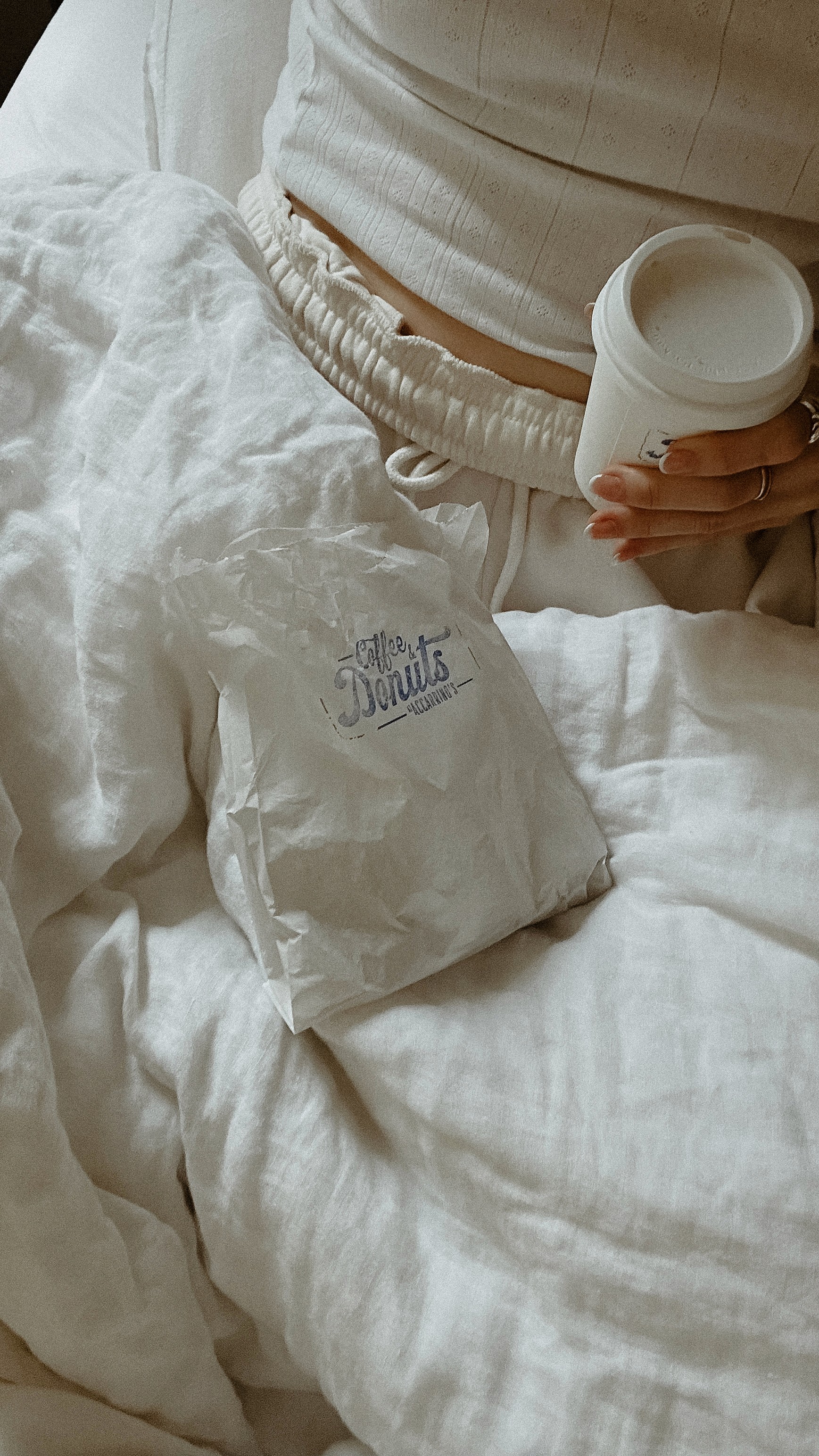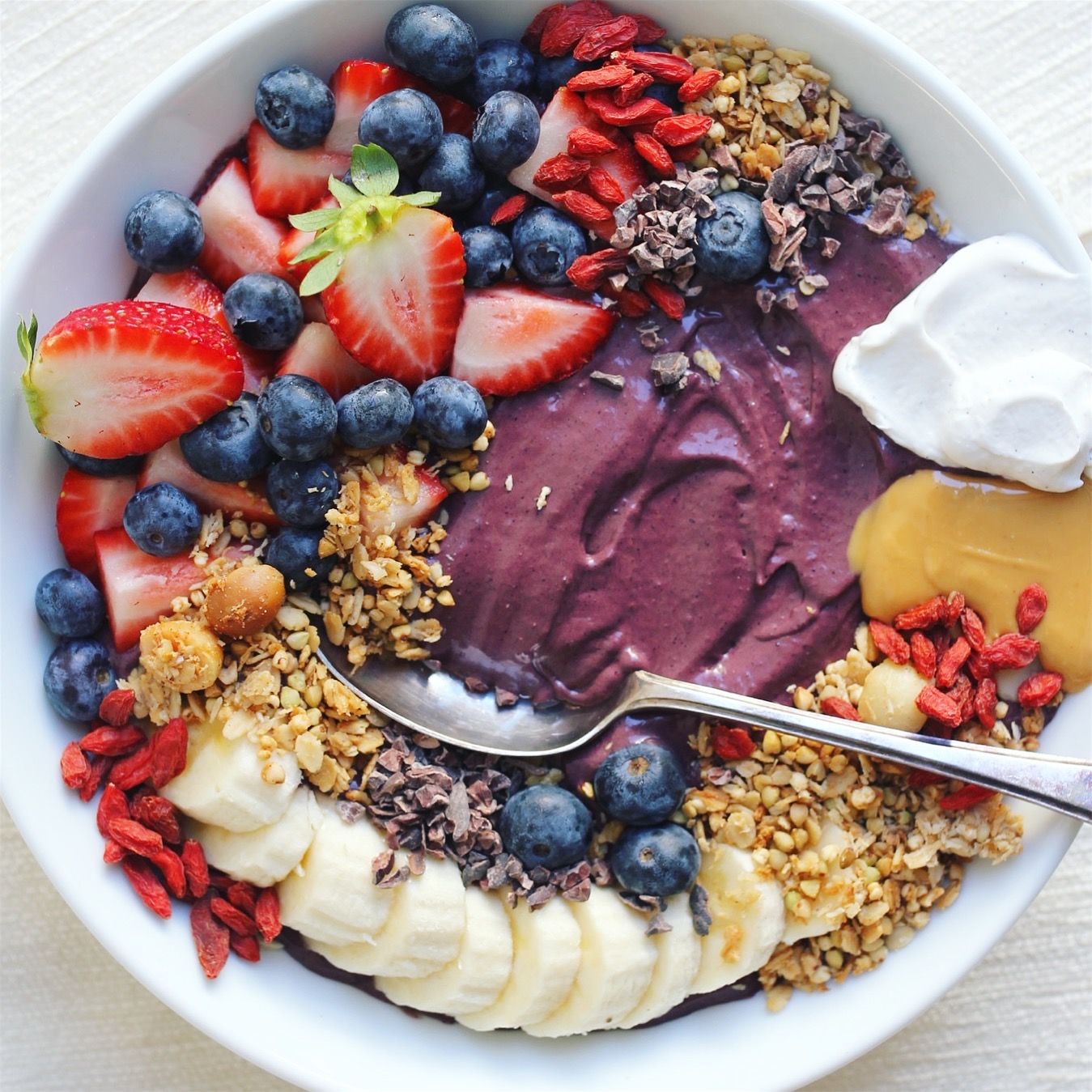YOUR GO-TO GUIDE FOR HEALTH & LIFESTYLE
As featured in
RECIPES
What we're loving this month
A collection of recipes our team are loving this month.
RECIPES
What we're loving this month
A collection of recipes our team are loving this month.
RECIPES
What we're loving this month
A collection of recipes our team are loving this month.
WELLNESS & LIfestyle
Explore. Nourish. Thrive.
Check out the latest articles on all things nutrition, exercise and mindfulness.
WELLNESS & LIfestyle
Explore. Nourish. Thrive.
Check out the latest articles on all things nutrition, exercise and mindfulness.
WELLNESS & LIfestyle
Explore. Nourish. Thrive.
Check out the latest articles on all things nutrition, exercise and mindfulness.

Stay up to date with special offers, exclusive recipes and many more health tips.
© 2024 Healthy Luxe.

Stay up to date with special offers, exclusive recipes and many more health tips.
© 2024 Healthy Luxe.































